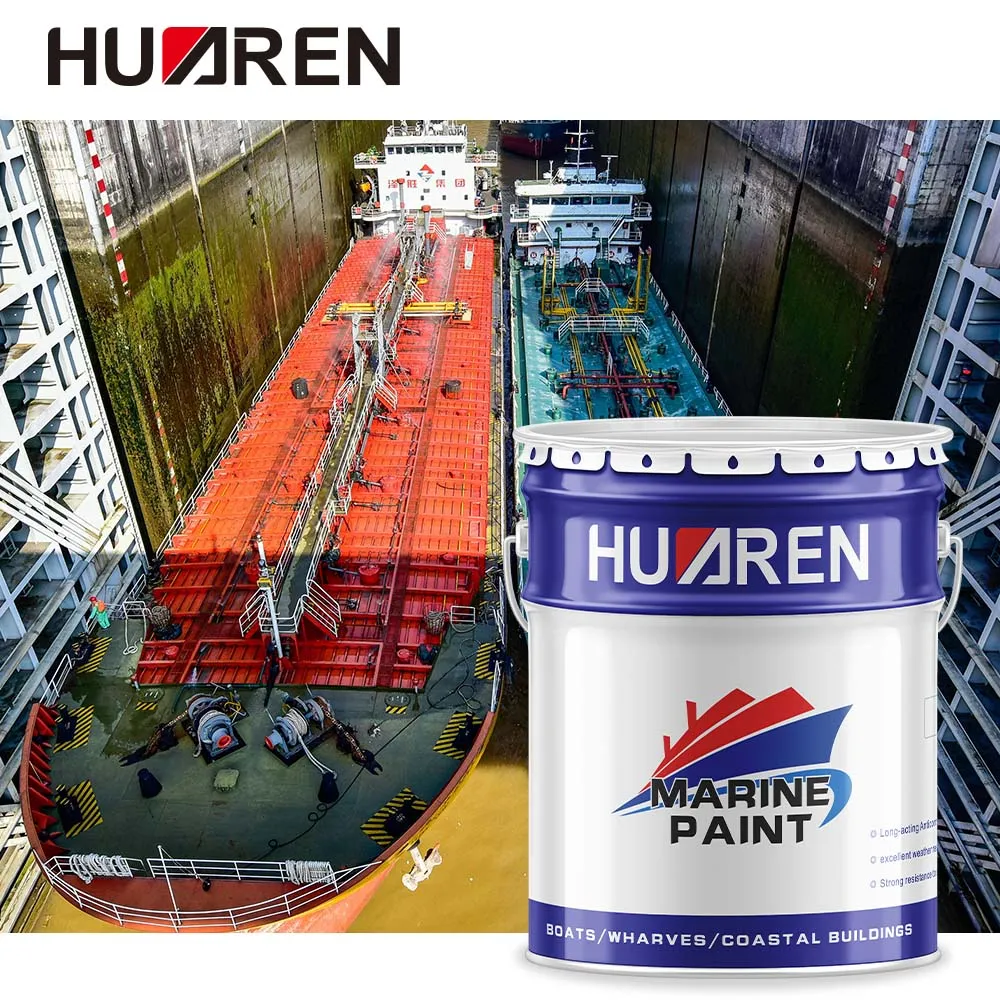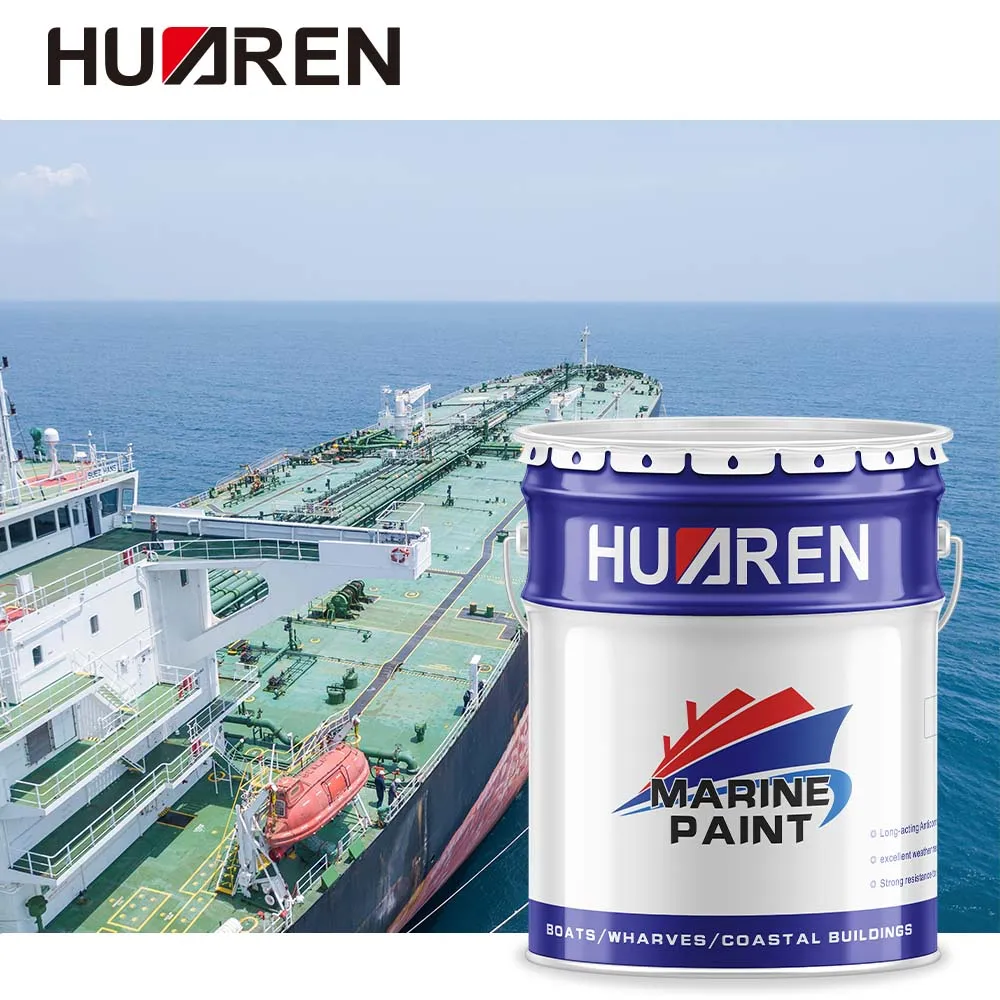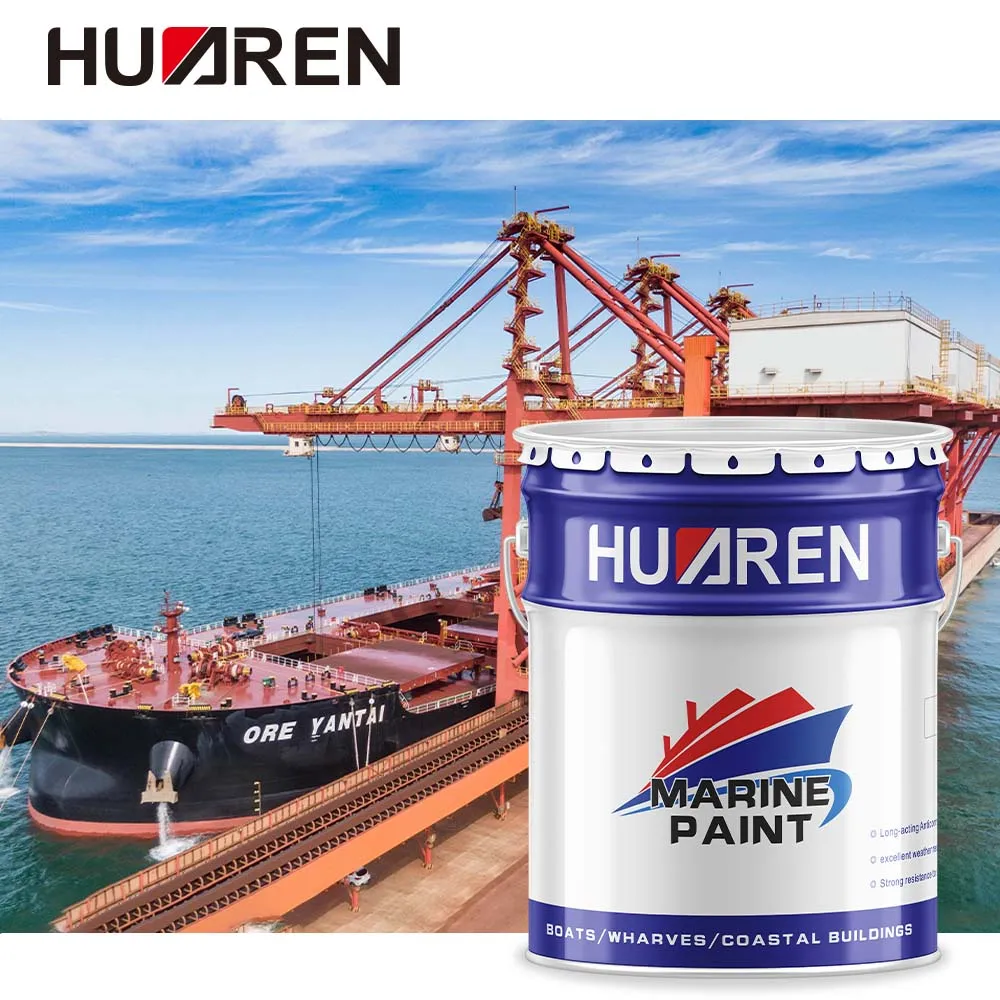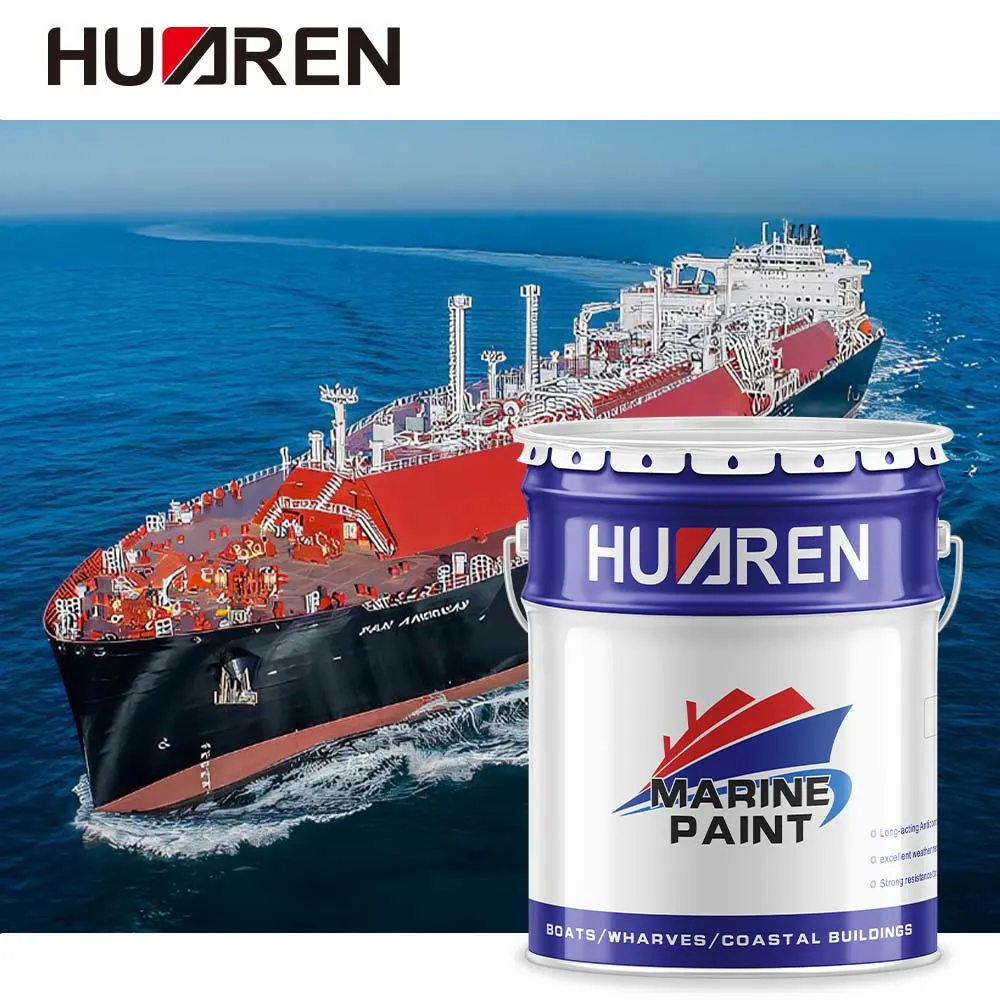Ships face many environmental challenges during navigation, especially on the deck, which is exposed to external factors such as seawater, sunlight, wind and sand for a long time. In order to extend the service life of the ship, protect the hull from corrosion, and ensure the safety of the ship during navigation, the painting of the ship deck is essential. Applying marine anti rust paint not only improves the appearance of the ship, but also increases the deck's anti-skid, UV resistance and corrosion resistance. However, in the process of applying marine anti rust paint, there is a very important step-sanding. Sanding is an essential part before painting, which can ensure uniform adhesion of the coating and improve the durability and effect of marine anti rust paint. If this step is ignored and marine anti rust paint is applied directly, many unforeseen negative effects may occur.
This article will discuss in detail the various problems that may arise if marine anti rust paint is applied without sanding the ship deck, analyze the reasons and consequences of not sanding, and why the step of sanding is crucial in the ship painting process.

What are the basic requirements for ship deck painting?
As part of the ship's external structure, the ship's deck is exposed to the marine environment for a long time. It is subjected to multiple tests such as salt water, ultraviolet rays, wind and sand, and mechanical wear. Therefore, the deck coating must have the following characteristics:
● Anti-slip property: The deck coating must have good anti-slip properties, especially in wet or wavy conditions. The anti-slip coating can effectively reduce the risk of crew members falling.
● Corrosion resistance: The salt and moisture in seawater can easily cause corrosion of metal parts, so the deck coating needs to have strong anti-corrosion ability.
● UV resistance: The deck is exposed to the sun for a long time, and ultraviolet rays will accelerate the aging of the coating. Therefore, the deck coating needs to have strong UV resistance.
● Abrasion resistance: The deck surface will be frequently rubbed, and the coating needs to have a certain wear resistance to avoid affecting the integrity of the coating due to excessive friction.
Therefore, the coating must not only have good physical properties, but also be able to adhere firmly to the deck surface. And grinding is the key step to ensure that the marine anti rust paint can be well combined with the deck surface.

What is the importance of grinding before applying marine anti rust paint?
Sanding is an important part of the marine anti rust paint process. It is to make the deck surface smooth and clean so that the paint can adhere better. Specifically, the role of sanding includes:
● Remove old coatings and dirt: The surface of the ship's deck may have been coated with old marine anti rust paint, or the surface may be covered with impurities such as dust, oil, rust, etc. Sanding can remove these unclean substances and ensure the adhesion of the new coating.
● Improve surface roughness: The adhesion and durability of the paint are closely related to the roughness of the surface. After sanding, the deck surface can show a moderate roughness, providing better grip and reducing the risk of coating peeling.
● Repair surface defects: There may be some small cracks, scratches or depressions on the deck surface. Sanding can fill these irregular areas to ensure a more uniform coating and avoid uneven coating caused by paint accumulation in local areas.
● Enhance the adhesion of marine anti rust paint: Even the best quality marine anti rust paint will hardly ensure long-term adhesion if applied to a smooth, un-sanded surface. Sanding can increase the contact area between the paint and the deck surface and improve adhesion.
● Improve aesthetics: Sanding can not only improve the adhesion of the coating, but also remove small bubbles, scratches and other defects on the coating surface, making the marine anti rust paint smoother, brighter and more beautiful after painting.
What will happen if you apply marine anti rust paint without sanding the ship deck?
If marine anti rust paint is directly applied to the ship deck without sanding, it may cause a series of quality problems in the coating, affect the coating effect, and even shorten the service life of the marine anti rust paint. Specifically, the following situations may occur:
Poor coating adhesion and easy peeling
The unpolished deck surface may have oil, dust or other impurities, which will become obstacles to the adhesion of the paint. Even if high-quality paint is used, if the marine anti rust paint cannot be firmly attached to the deck surface, it is easy to fall off or bubble. Especially when the ship is sailing in a humid environment, the intrusion of moisture and salt will accelerate the shedding of the marine anti rust paint, resulting in a significant reduction in the durability of the coating.
Uneven coating, poor effect
Without sanding, the coating often cannot be evenly covered on the deck surface. There may be uneven areas on the surface of the ship deck, which will cause the paint to accumulate in some parts, forming a thick coating or uneven effect, thus affecting the aesthetic appearance. Moreover, uneven coatings are prone to local peeling or cracking, reducing the overall coating effect.
Marine anti rust paint is easy to fade or age
Without sanding, the paint cannot form a strong chemical bond with the substrate, resulting in accelerated aging of the marine anti rust paint coating. Especially when exposed to strong ultraviolet radiation, the UV resistance and weather resistance of marine anti rust paint will be greatly reduced, and the coating is prone to fade, age or cracking, affecting the protective effect of the coating and the appearance of the ship.
Affecting the anti-slip effect
The anti-slip property of the ship deck is an important guarantee for the safety of the crew. Without sanding, the coating may not be evenly applied to the deck surface, and a smooth surface may be formed, reducing the effect of the anti-slip coating. Especially on wet or rainy days, the smooth deck surface will cause the crew to slip and increase the risk of accidents.
Increase long-term maintenance costs
When the coating is not firmly adhered and the effect is not ideal, the maintenance cycle of marine anti rust paint will be shortened, and marine anti rust paint needs to be reapplied more frequently. This not only increases the usage and labor costs of marine anti rust paint, but also shortens the service life of the ship. Long-term improper painting may also cause corrosion or wear on the deck surface, which in turn affects the overall durability and safety of the hull.

Why must the ship deck be polished before painting?
From the above analysis, it can be seen that the polishing of the ship deck before painting is not only to allow the marine anti rust paint to adhere better, but also to ensure the quality of the coating and the long-term performance of the ship. Polishing is a simple but crucial step that can bring the following advantages:
Ensure strong adhesion of the paint and improve protection
The polished deck surface can effectively increase the contact area between the paint and the surface, thereby enhancing the adhesion of the marine anti rust paint. This not only helps to improve the durability of the coating, but also ensures that the ship deck is protected for a long time.
Improve the uniformity and aesthetics of the coating effect
The polished deck surface is flatter and smoother, and the marine anti rust paint can evenly cover the entire deck, avoiding problems such as uneven coating accumulation and brush marks, thereby improving the overall aesthetics of the coating effect.
Extend the service life of marine anti rust paint
The polished surface can effectively reduce coating peeling, cracking, fading and other phenomena, extend the service life of marine anti rust paint, and reduce maintenance frequency and maintenance costs.
Ensure the safety of crew members
Good anti-slip properties are an important indicator for ship deck coating. Polishing can not only improve coating adhesion, but also ensure that the anti-slip coating performs best, thereby reducing the risk of crew members slipping when on board.

At Huaren Chemical Industry Co., Ltd., we specialize in manufacturing and supplying premium-quality coatings and resins tailored to meet diverse industrial requirements. Established in 1994, we operate 30 advanced paint production lines and 6 resin lines, enabling us to produce over 20,000 tons annually. Our product portfolio includes heavy-duty anti-corrosion coatings, chlorinated rubber paints, and waterborne industrial coatings. Buyers benefit from our low prices, large-order discounts, and flexible customization services. Whether you are in construction, petrochemicals, or machinery, Huaren Chemical has the solutions you need. Contact us today for detailed pricing and promotions!

